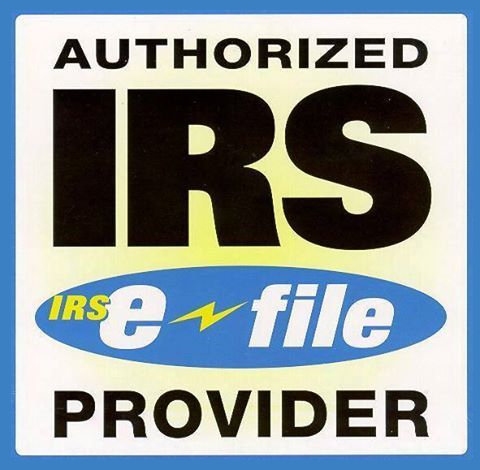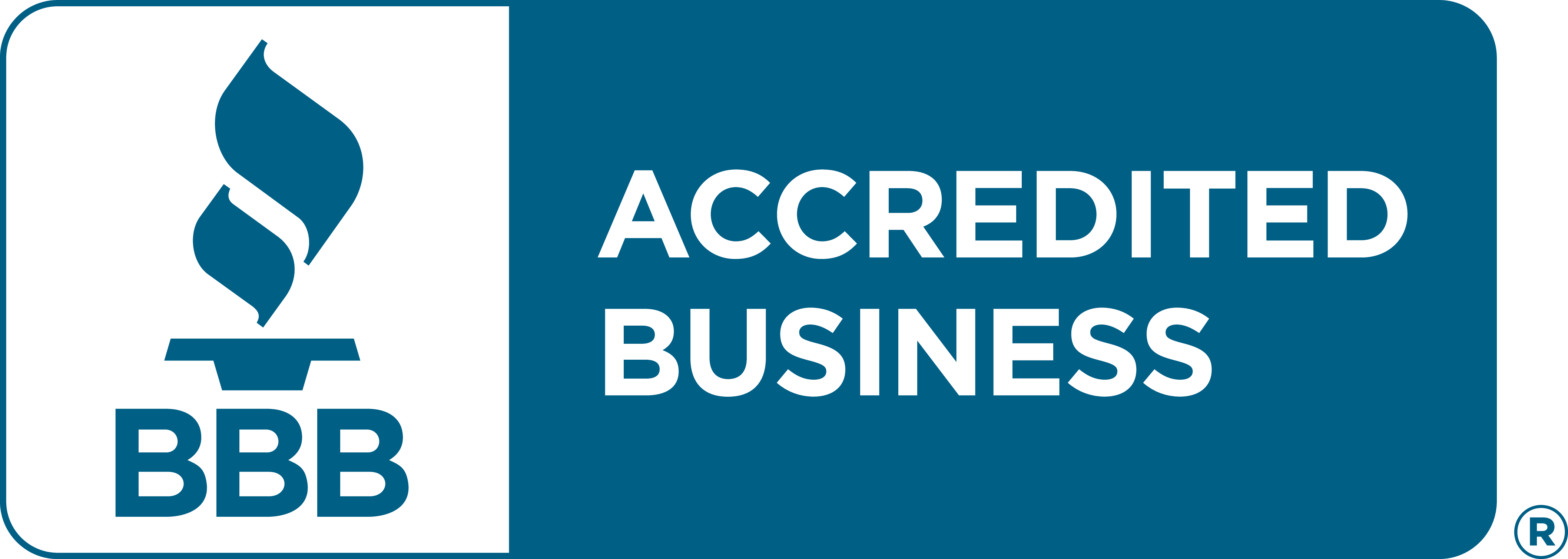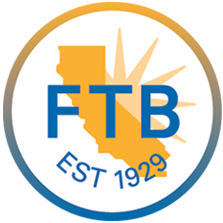IRS Schedule M‑2 (Form 1120-S)
Excise Tax Forms
Employment Tax Forms
Information Returns
Exempt Org. Forms
Extension Forms
FinCEN BOIR
General
Schedule M‑2 (Form 1120‑S) is used by S corporations to analyze changes in shareholders’ equity accounts throughout the tax year. It tracks movements in the Accumulated Adjustments Account (AAA), Other Adjustments Account (OAA), and Previously Taxed Income (PTI) to show how retained earnings evolve from the beginning to the end of each tax period.
This schedule works in harmony with Schedules L and M‑1 to ensure the IRS understands how book income, adjustments, and shareholder distributions affect the corporation’s accumulated earnings. Properly completing Schedule M‑2 demonstrates transparency in how income flows and distributions are handled under Subchapter S of the Internal Revenue Code.
What Is Schedule M‑2 (Form 1120‑S)?
Unlike the C corporation version of Form 1120, which focuses on retained earnings, Schedule M‑2 for S corporations specifically tracks accounts affecting shareholder basis and previously taxed income. It reconciles:
- The corporation’s beginning‑of‑year balances in key equity accounts,
- Additions such as income or adjustments, and
- Reductions such as distributions or losses, to arrive at the end‑of‑year balances that carry forward into the next tax year.
The IRS uses Schedule M‑2 to verify that distributions were properly reported, that shareholder basis was not overstated, and that adjustments reconcile with income reported on Schedule M‑1 and Schedule K.
Purpose of Schedule M‑2
Schedule M‑2 ensures accurate tracking of shareholder financial accounts by:
- Showing how the Accumulated Adjustments Account (AAA) changes as income and distributions occur.
- Reflecting non‑taxable adjustments in the Other Adjustments Account (OAA).
- Preserving previously taxed income (PTI) carried over from years when the corporation was a C corporation or before 1983 S status.
Accurate completion helps shareholders calculate their basis limitations on losses and distributions, an essential element for avoiding double taxation or disallowed deductions.
Key Components of Schedule M‑2
Schedule M‑2 is subdivided into four columns, each representing a separate equity account:
1. Column (a): Accumulated Adjustments Account (AAA)
Tracks the corporation’s accumulated income under S status that has already been taxed to shareholders but not yet distributed.
- Opening balance: Previous year’s ending AAA balance
- Increases: Ordinary income, tax‑exempt income adjustments, and separately stated items (e.g., dividends, royalties)
- Decreases: Charitable contributions, nondeductible expenses, and shareholder distributions
AAA represents the pool of distributable earnings to shareholders that will not be taxed again when distributed.
2. Column (b): Previously Taxed Income (PTI)
Reflects earnings taxed prior to conversion or S‑corporation election (pre‑1983 income).
- Additions: Adjustments carried from prior corporate tax years
- Reductions: Distributions of previously taxed income
PTI is rarely used today but may apply to older corporations with carryover accounts.
3. Column (c): Accumulated Earnings and Profits (E&P)
Shows carryover earnings from the corporation’s prior C‑corporation years.
- Increases: Adjusted gross income retained before S status election
- Reductions: Distributions reducing C‑corp E&P before affecting AAA
If the corporation once operated as a C‑Corporation, this column ensures distributions are applied in the correct order (E&P after AAA unless elected otherwise).
4. Column (d): Other Adjustments Account (OAA)
Captures items not included in AAA or E&P—primarily non‑taxable income and related expenses.
- Increases: Tax‑exempt interest, life insurance proceeds, or similar non‑taxable earnings
- Decreases: Expenses related to tax‑exempt income or nondeductible losses
OAA ensures that shareholders’ equity accurately reflects nondeductible and non‑taxable activities.
Step‑by‑Step Breakdown of Schedule M‑2
| Line | Description | Notes |
|---|---|---|
| 1. Balance at Beginning of Year | Enter the opening balances for AAA, PTI, E&P, and OAA. | Must match the previous year’s ending figures. |
| 2. Ordinary Income (Loss) from Page 1 | Transfer income or loss from Form 1120‑S, Line 21. | Automatically increases or decreases AAA. |
| 3. Other Additions | Include positive Schedule K items such as interest, dividends, and royalties. | Tax‑exempt income generally enters OAA. |
| 4. Loss from Page 1 | Reflects net losses for the year. | Reduces AAA. |
| 5. Other Reductions | Reflect charitable contributions, investment interest, and other separately stated deductions. | Reduces AAA accordingly. |
| 6. Combined Totals | Add lines 1–5. | Shows the corporation’s mid‑year cumulative position. |
| 7. Nondividend Distributions | Record amounts distributed to shareholders not classified as dividends. | Reduces AAA or E&P in order. |
| 8. Balance at End of Year | Calculate the ending balances for the year. | Must match the books and tie to Schedule L equity lines. |
Relationship Between Schedules L, M‑1, and M‑2
- Schedule L provides the book balance‑sheet data at the beginning and end of the year.
- Schedule M‑1 reconciles book income with taxable income.
- Schedule M‑2 shows how those results affect shareholder accounts (AAA, OAA, PTI, E&P).
Together, these schedules demonstrate complete consistency between a corporation’s financial accounting, tax reconciliation, and shareholder‑level equity activity.
Who Must Complete Schedule M‑2?
Every S corporation that is required to file Schedule L and M‑1 must also complete Schedule M‑2.
You can skip Schedules L, M‑1, and M‑2 only if both of the following are true:
- Total receipts are under $250,000, and
- Total year‑end assets are under $250,000.
However, most S corporations must file it to ensure transparency between taxable income and shareholder basis adjustments.
Filing Deadlines
Schedule M‑2 is filed with Form 1120‑S by the usual S corporation deadline.
| Entity Type | Main Return | Filing Deadline (Tax Year 2025) | Extension Form |
|---|---|---|---|
| S Corporation | Form1120‑S | March 16, 2026 * | Form 7004 |
If March 15 falls on a weekend or legal holiday, the deadline moves to the next business day. Filing Form 7004 gives an automatic six‑month extension (to September 15, 2026).
Common Errors to Avoid
| Mistake | Impact | Correction Tip |
|---|---|---|
| Beginning balance not matching prior‑year ending | Causes audit red flags | Recheck closing balances from last year’s return. |
| Misallocating distributions between AAA and E&P | Leads to double taxation or misreported basis | Apply IRS ordering rules carefully. |
| Ignoring non‑taxable adjustments in OAA | Skewed shareholder basis and equity reporting | Record all tax‑exempt and nondeductible items. |
| Failing to align with Schedule K and M‑1 | Creates inconsistencies and return rejections | Reconcile all schedules before submission. |
Best Practices for Schedule M‑2 Compliance
- Maintain detailed year‑end reconciliations between tax and book earnings.
- Track shareholder distributions separately for AAA and E&P.
- Record and substantiate all adjustments affecting shareholder basis.
- Use professional e‑filing software like TaxZerone to auto‑populate Schedule M‑2 from your Schedule K and M‑1 data to minimize calculation errors.
Frequently Asked Questions (FAQs)
1. What is reported on Schedule M‑2 (Form 1120‑S)?
It reports yearly changes in equity accounts like AAA, OAA, previously taxed income, and accumulated earnings and profits.
2. Why is Schedule M‑2 important for shareholders?
It directly impacts shareholder basis and determines how much of distributed earnings are taxable.
3. Can an S corporation have negative AAA or OAA balances?
Yes, negative balances can occur from operating losses or excess distributions. Document them for clarity.
4. How does Schedule M‑2 connect to Schedule L?
Ending balances on Schedule M‑2 should tie to shareholder equity figures on the Schedule L balance sheet.












